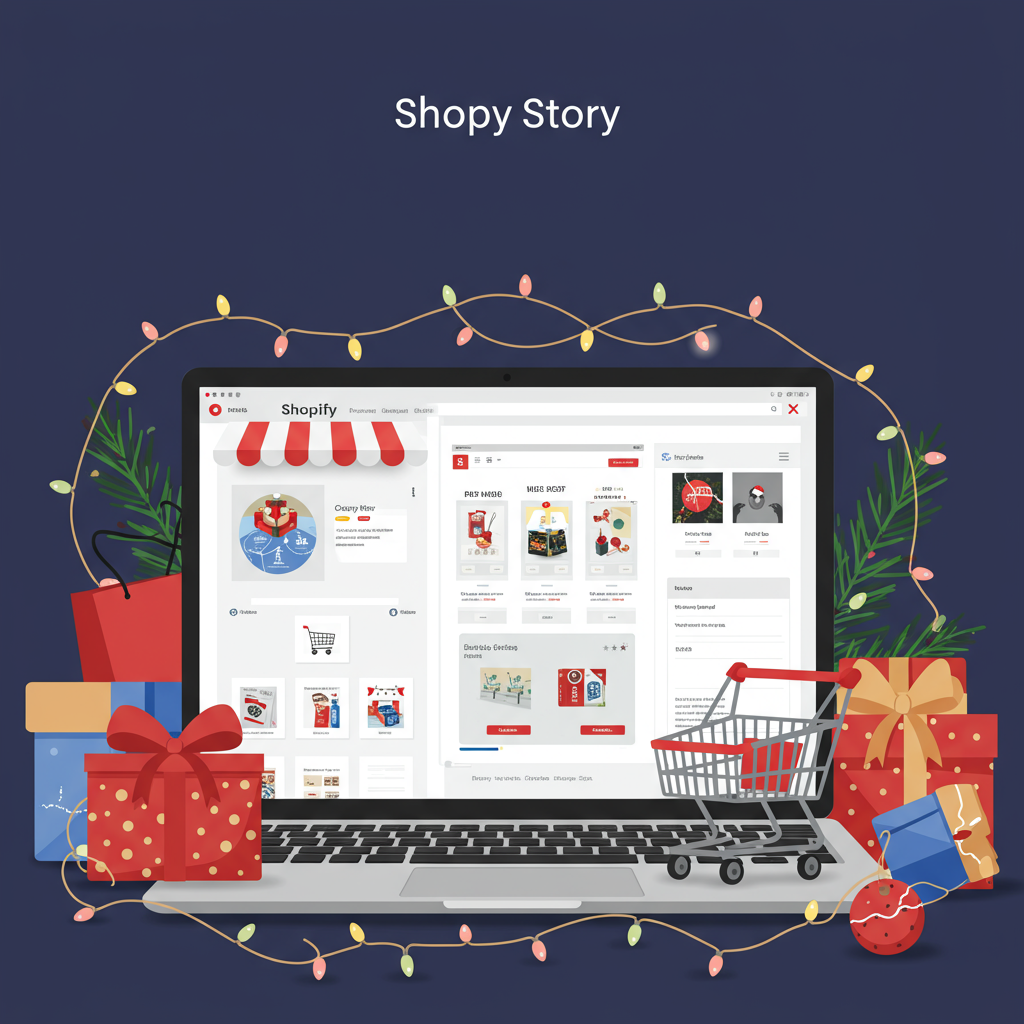Don’t just survive the holiday rush, thrive! Here’s my step-by-step approach to ensuring your Shopify store is ready for its most successful season yet.
The holiday season is a magical time for shoppers, but for us, the merchants, it’s a critical period that can make or break our year. It’s a marathon, not a sprint, and preparation is absolutely key.
As someone who’s navigated many holiday rushes, I can tell you that starting early is the single most important piece of advice I can offer. Don’t wait until November; begin your planning now.
My first step always involves a thorough review of last year’s performance. What sold well? What promotions worked? Where did we face bottlenecks? This data is invaluable for forecasting.
Next, I map out all the key dates: Black Friday, Cyber Monday, Christmas, New Year’s. Each of these requires a distinct strategy and promotional calendar.
Let’s talk about your Shopify store’s foundation: its performance. During peak traffic, slow loading times can be catastrophic. I always prioritize speed optimization.
This means checking image sizes, minimizing app usage, and ensuring your theme is lean and efficient. Every millisecond counts when customers are eager to buy.
Mobile responsiveness is non-negotiable. A significant portion of holiday shopping happens on smartphones. I make sure our mobile experience is flawless, from browsing to checkout.
User experience (UX) is another critical area. Is your navigation intuitive? Are product pages clear and compelling? Can customers find what they need quickly?
I always simplify the checkout process. Reduce the number of steps, offer guest checkout, and ensure all payment options are clearly visible and functional. Abandoned carts are a holiday nightmare.
Inventory management is where many merchants stumble. I meticulously forecast demand based on historical data, current trends, and planned promotions.
Overstocking ties up capital, but understocking leads to missed sales and disappointed customers. It’s a delicate balance, and I communicate closely with my suppliers.
Consider creating holiday-specific bundles or gift sets. These often have higher perceived value and can simplify the decision-making process for gift-givers.
Now, onto marketing. My email list is my most valuable asset during the holidays. I segment it and plan a series of targeted campaigns well in advance.
These campaigns include early bird offers, gift guides, last-minute deals, and shipping deadlines. Personalization, even simple first-name usage, can boost engagement.
Social media is another powerhouse. I schedule engaging content, run holiday-themed contests, and utilize paid ads to reach new audiences. Visuals are paramount here.
Don’t forget about retargeting ads. Customers who visited your store but didn’t purchase are prime candidates for a gentle reminder of your amazing products.
Customer service will be stretched thin. I make sure my team is adequately staffed and trained to handle increased inquiries, returns, and shipping questions.
Clear communication about shipping policies, delivery times, and return windows is vital. I display this information prominently on our website and in order confirmations.
Speaking of shipping, this is often the biggest stressor. I finalize my shipping partners early, understand their holiday cut-off dates, and communicate these clearly to customers.
Offering various shipping options, including expedited services, can be a huge differentiator. I also consider offering free shipping above a certain order value.
Packaging can elevate the unboxing experience. I invest in branded packaging or add a small, festive touch to make each delivery feel special.
Technical checks are ongoing. I test my website’s functionality, payment gateways, and app integrations regularly, especially after any updates.
What do you think about this article so far? Is there anything you’d add or emphasize? I’m always keen to hear other perspectives.
Finally, don’t forget about post-holiday strategy. The sales don’t stop on December 26th. Plan for clearance sales, gift card redemptions, and nurturing new customers.
I also use the post-holiday period to gather feedback, analyze data, and prepare for the next year. Continuous improvement is the name of the game.
Remember, the goal isn’t just to survive the holidays, but to thrive. With careful planning and execution, your Shopify store can have its most successful season yet.
I always remind myself that a calm and prepared merchant leads to a smooth and successful holiday season for everyone involved. Good luck!






